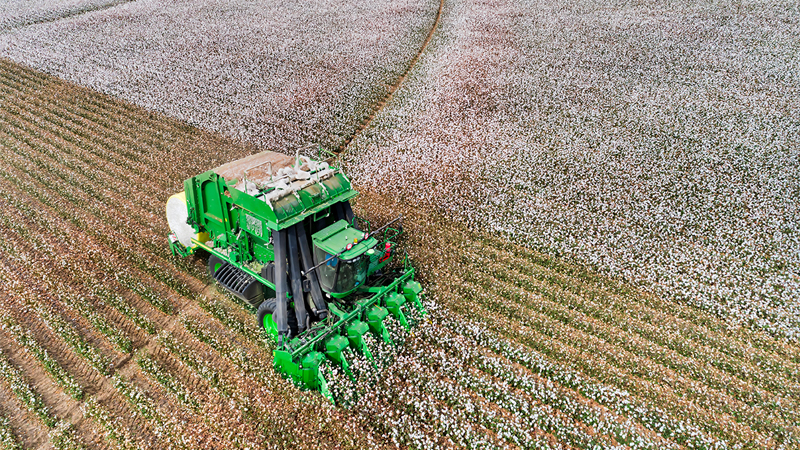Cotton Prices Holding, But Looking a Bit Weary
Some times are more difficult than others.
That great cotton and pecan grower Jerry Calvani of New Mexico used to suggest I was “struggling” during those times. Nevertheless, the market seems to be struggling, struggling to hold 90-93 cents. A fall below 91 cents opens up a quick drop to 88 cents and adds further pressure to slip back into the mid-80s. Yet, there does appear to be enough business, albeit minimal, to keep market prices in the high 80s and even the low 90s.
As stated last week, the chance for old crop heading back to the high 90s and the magic associated with dollar cotton is gone, but certainly not forgotten. The old crop May and July futures contracts appear tired. Open interest is slowly eroding, and the big record weekly trade volumes have given way to only decent and good trading numbers.
However, the remaining two old crop contract months can still produce the energy and speculative excitement to jump back to the 95-cent mark, but speculators appear to be growing tired and a bit nervous. One seasoned analytical analyst suggested that the average weighted long speculative trade was a few ticks above 94 cents. That being the case, I would look to the market to recoup that level but with only a short-lived chance to trade much higher. Nevertheless, any trading near that level would reward most speculative traders with an excellent return on their risk.
The continued increase in certificated stocks, small as it may be, has tempered the bulls’ enthusiasm for dollar cotton. However, the increase should add more carry to the market which would probably help the new crop ease marginally higher. We remain convinced that growers should consider pricing a portion of their 2024 crop production at the 85-cent level.
All corners of the cotton world are seeding more acreage than in 2023. This increase in planted acreage is related to the February price rally and not in response to a change in demand. Demand has not changed. It remains relatively weak, and cotton growers are more than getting bloodied by the declining use of cotton on the textile spinning system. Cotton’s share of the spinning system is in a freefall, as there are not any market promotional efforts being conducted by either the U.S. or the world cotton industry.
The struggling is associated with the market’s late realization that the U.S. crop was significantly lower than estimated by the NASS division of USDA. Surprisingly, U.S. exports have remained relatively strong given the small U.S. crop, the decline in world demand, and the loss of export market share by the U.S.
Nevertheless, the lower-than-expected crop size surprised the market eight months into the marketing year and created a feeding frenzy by speculators who have historically looked to the cotton market as a place for a friendly risk reward ratio…and did they ever find it this year. In a matter of little more than three weeks, cotton jumped from 83-84 cents to the dollar level. Some suggest that the big speculation came only after market prices topped 90 cents, but open interest was ballooning from 86 cents all the way up to 90 cents. Thus, speculators were trading in volume well before the 90-cent level was hit.
I previously suggested the 90 cent-plus level would exist into the May futures expiry period. I still offer that suggestion, yet not with the gusto I initially held. Speculators, in fact, are growing tired. One must only look at the decline in open interest. Thus, cotton trading is giving the feeling that the market wants to return to the high 80s level it seemingly took a year to break above with any gusto. Thus, that same 88 cent market should provide good support if the 90-cent level fails.
However, the world textile community continues to indicate their cotton needs are only for fill-in needs as yarn inventories are building and that they are unable to pass along the increase in raw cotton prices to apparel mills and retail outlets.
Do not give up on another run to 95 cents, but our price bracket has widened, and the market support price has been lowered a bit. Look for the trading range to fall between 87 and 95 cents.
Give a gift of cotton today.









